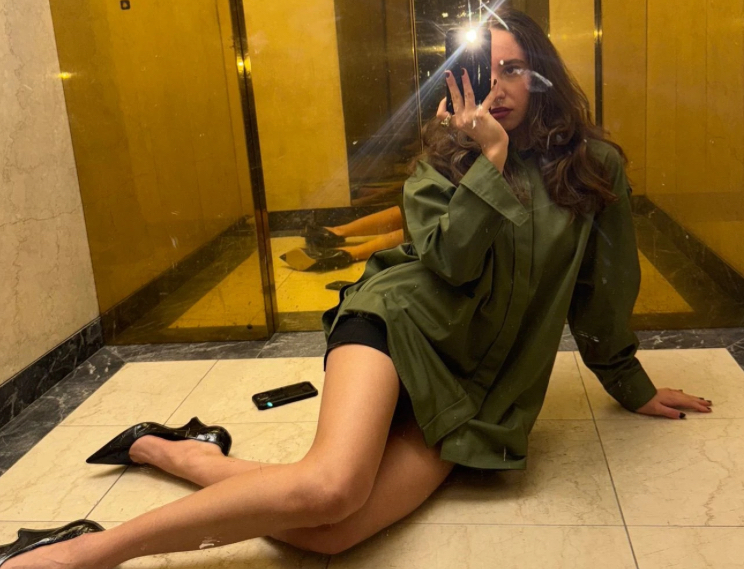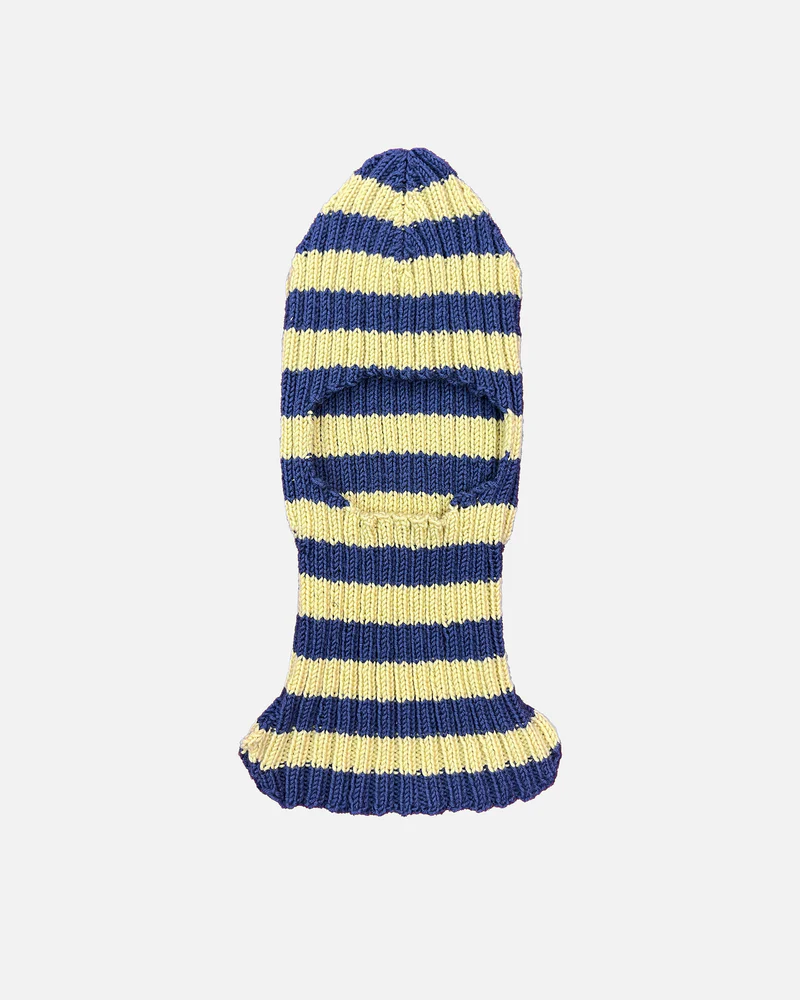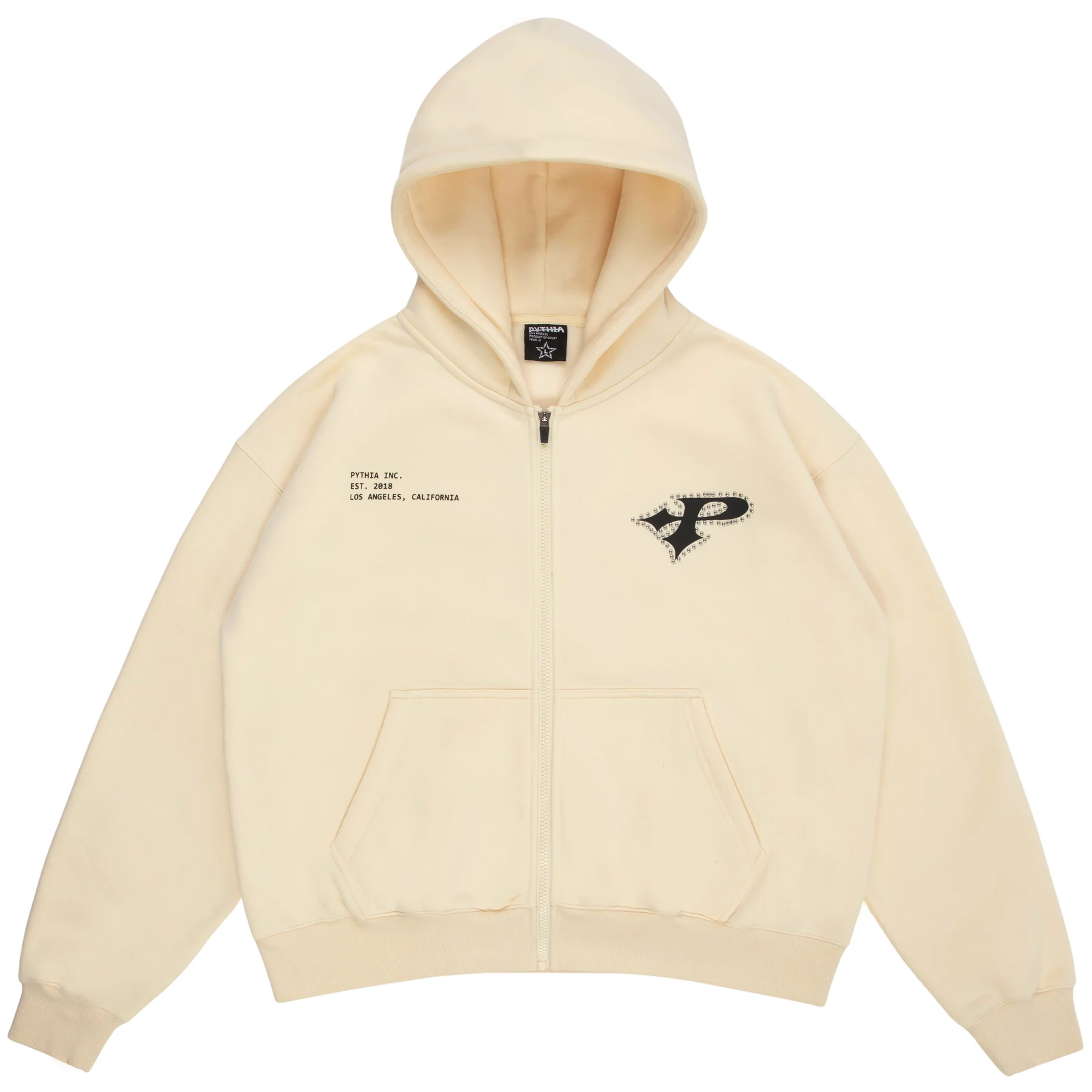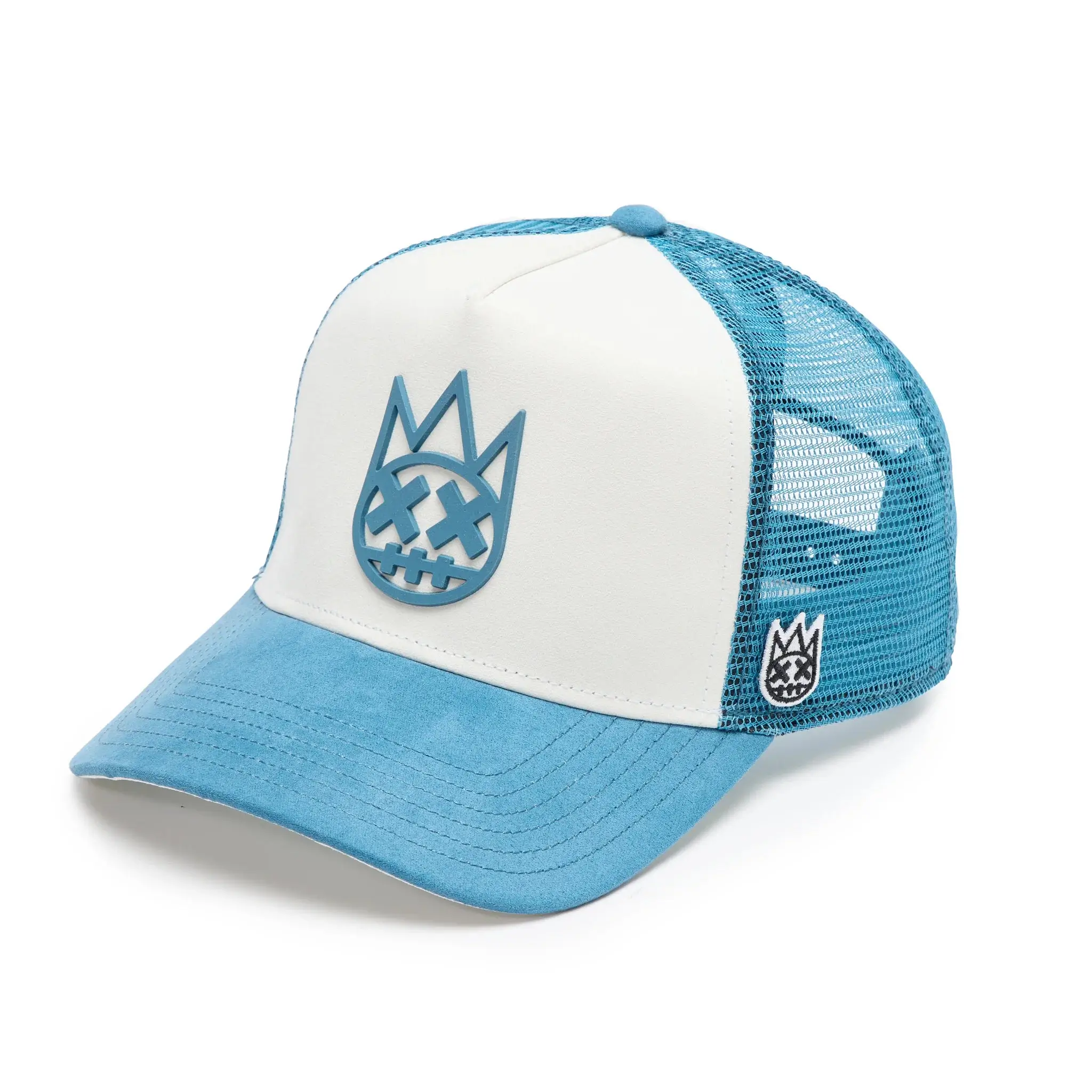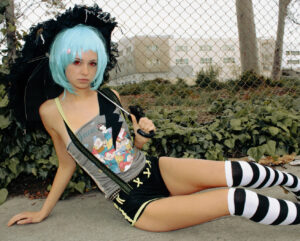At first glance, the 032c “STEAMING OPTIONAL” Oversized Shirt appears as another entry in the recent wave of industrial-luxe utility fashion. Priced at €360 and styled with four frontal patch pockets, double-layered sleeves with frayed raw edges, and a sharply ironic screenprint on the back, it feels rooted in the aesthetic of modern creative labor—deliberately undone, editorially refined, and post-functional in tone.
But like much of what comes from 032c, the Berlin-based fashion label and editorial platform led by Joerg Koch, this shirt functions not just as apparel but as an argument. In this 1000-word critical format edition, we examine how this piece merges contemporary fashion with visual critique, situating it within the brand’s post-digital design lexicon, while tracing broader cultural resonances in its form, language, and material intention.
Uniforms for the Post-Industrial Mind
In today’s fashion landscape, utilitywear has become less about utility and more about the illusion of effort. What once signified labor—visible seams, cargo pockets, sleeve adjusters—has become shorthand for a kind of rugged, conceptual cool. 032c’s shirt takes that aesthetic and doubles down, but instead of merely referencing workwear, it subtly mocks the idea of “work” itself.
The name “STEAMING OPTIONAL” is printed boldly across the back—an ambiguous phrase that fuses garment care instructions with editorial absurdity. Is it a literal laundry tag? A statement about creative nonchalance? Or a subtle directive on how to navigate modern life—where appearance is curated, but the labor behind it must seem effortless?
This duality is where 032c thrives: in that ambiguous space between instruction and art, between uniform and irony. The shirt doesn’t just signal function—it destabilizes it. If “steaming” is optional, so too is perfection. That’s the brand’s ethos in shorthand.
Anatomy of Intention — Material and Form
Let’s deconstruct the piece itself. Built as a cargo overshirt, the garment uses four front-facing patch pockets to project symmetry and practicality. These are the same pockets you’d find on a field shirt or technician’s uniform—functional to a point, but in 032c’s hands, also sculptural.
The double-layer sleeves arrive with raw, unfinished edges, adding a layer of visual contradiction. It evokes garments mid-process: not quite sample, not quite production-ready. Fashioned deliberately, these edges challenge the pristine finishes expected from high-end streetwear. If traditional fashion rewards polish, this shirt rewards interruption—an artifact of work, gesture, and rebellion against finality.
Pleated shoulders nod to military tailoring but create movement and modern silhouette shaping, especially when worn oversized as intended. The embroidered patch on the chest pocket offers a whisper of branding—intimate, tactile, and subtle in contrast to the screenprinted back.
This isn’t just “design”—it’s narrative engineering, stitched and inked onto fabric. It doesn’t just say “032c”—it says, “you’re inside the process.”
Styling Subversion
While the design suggests labor, the styling negates it. The shirt’s unisex cut and oversized proportions place it firmly in the realm of conceptual dressing. The lookbook features models of different genders and heights (188 cm and 174 cm) wearing M and XS respectively, reinforcing that the piece is about mood, not identity.
032c recommends that women size down and men size true, but in practice, the shirt defies sizing logic. Its oversized cut turns it into an adaptable shell—part jacket, part tunic, part billboard. When layered over tight-fitting thermals or worn open with wide-leg pants, it creates volume. When buttoned and paired with shorts or skirted bottoms, it becomes sculptural. It is a canvas in literal form—how you wear it becomes part of the work.
Language as Graphic Device
One of the more underappreciated tools in 032c’s fashion practice is its use of language as textile decoration. Where other brands might screenprint logos or slogans, 032c deploys phrases that feel lifted from bureaucratic signage, decontextualized care tags, or institutional directives. “STEAMING OPTIONAL” is one such phrase. It’s banal in origin, but absurd in context.
Consider the phrase on a gallery wall, a press release, or a mood board—it might be read as a meditation on process. But on the back of a €360 shirt? It becomes fashion’s version of Duchamp’s urinal—a ready-made turned manifesto. You don’t wear it because it tells you something. You wear it because it asks something—what is optional, really?
Cultural Context and the 032c Continuum
032c began as a magazine—a platform for deep-cut cultural criticism, art provocations, and post-ironic takes on consumer culture. When it transitioned into fashion, it carried that same editorial eye into wearable form. The “STEAMING OPTIONAL” Oversized Shirt belongs to a lineage of pieces that examine not just how fashion looks, but what it means to wear fashion that critiques fashion.
This piece can be understood as a meta-garment—a shirt about shirts, or more precisely, about what shirts have come to represent in a post-industrial, post-authentic era. It’s a comment on labor aesthetics, creative commodification, and the fetishization of process. When everyone is performing effortlessness—on Instagram, in ateliers, in brand lookbooks—what’s more honest than showing the seams?
Flow
This isn’t just a shirt. It’s an open file, an undone draft, an art piece masquerading as uniform. It offers no comfort, no tidy narrative. Only questions. Only edges. And that, in the world of 032c, is where fashion begins.
No comments yet.

